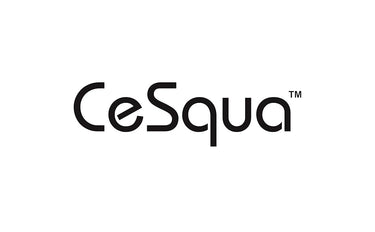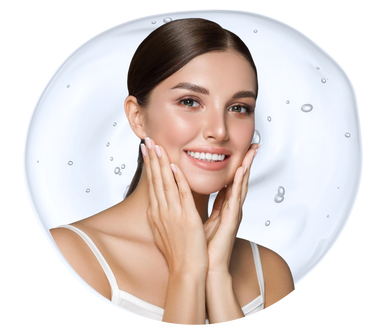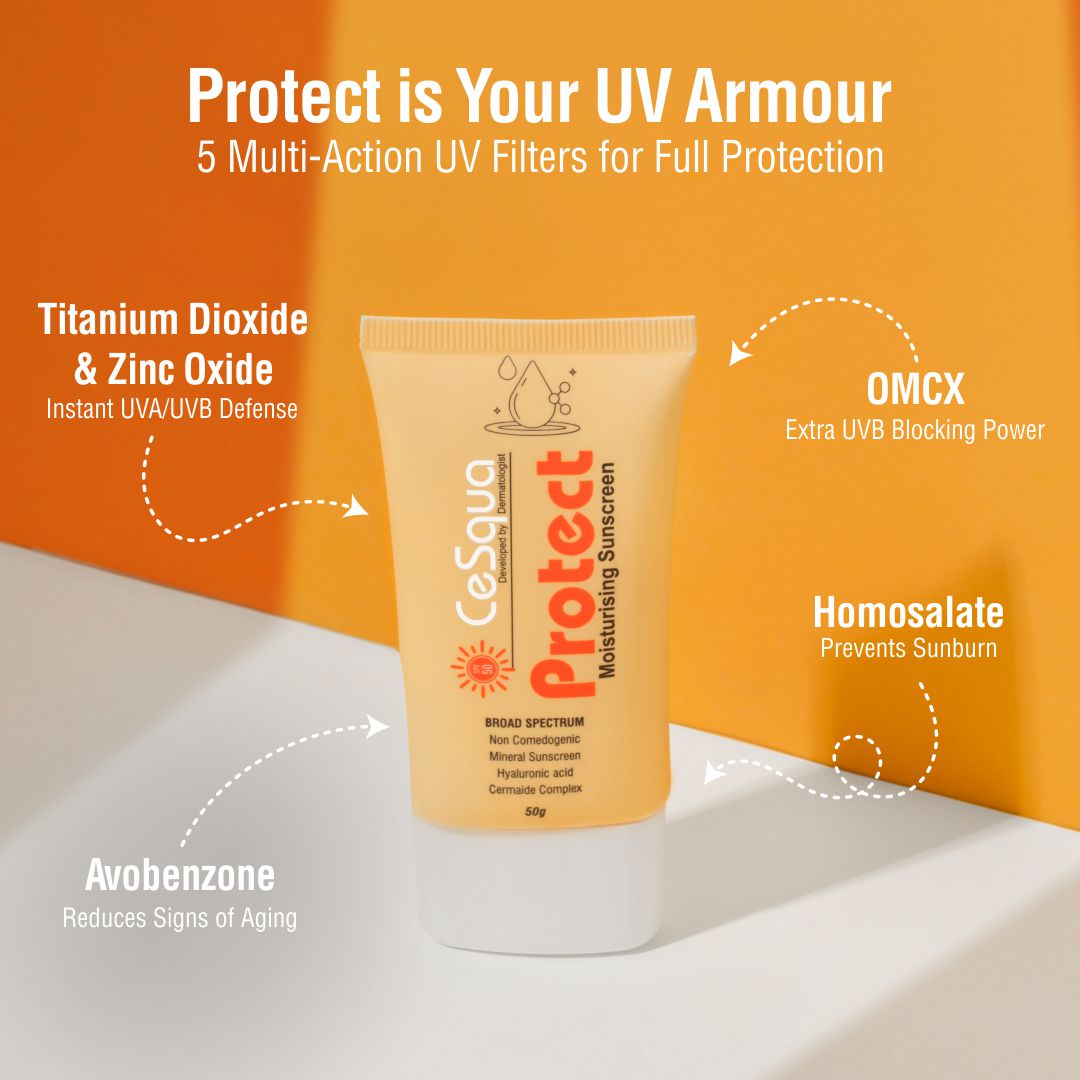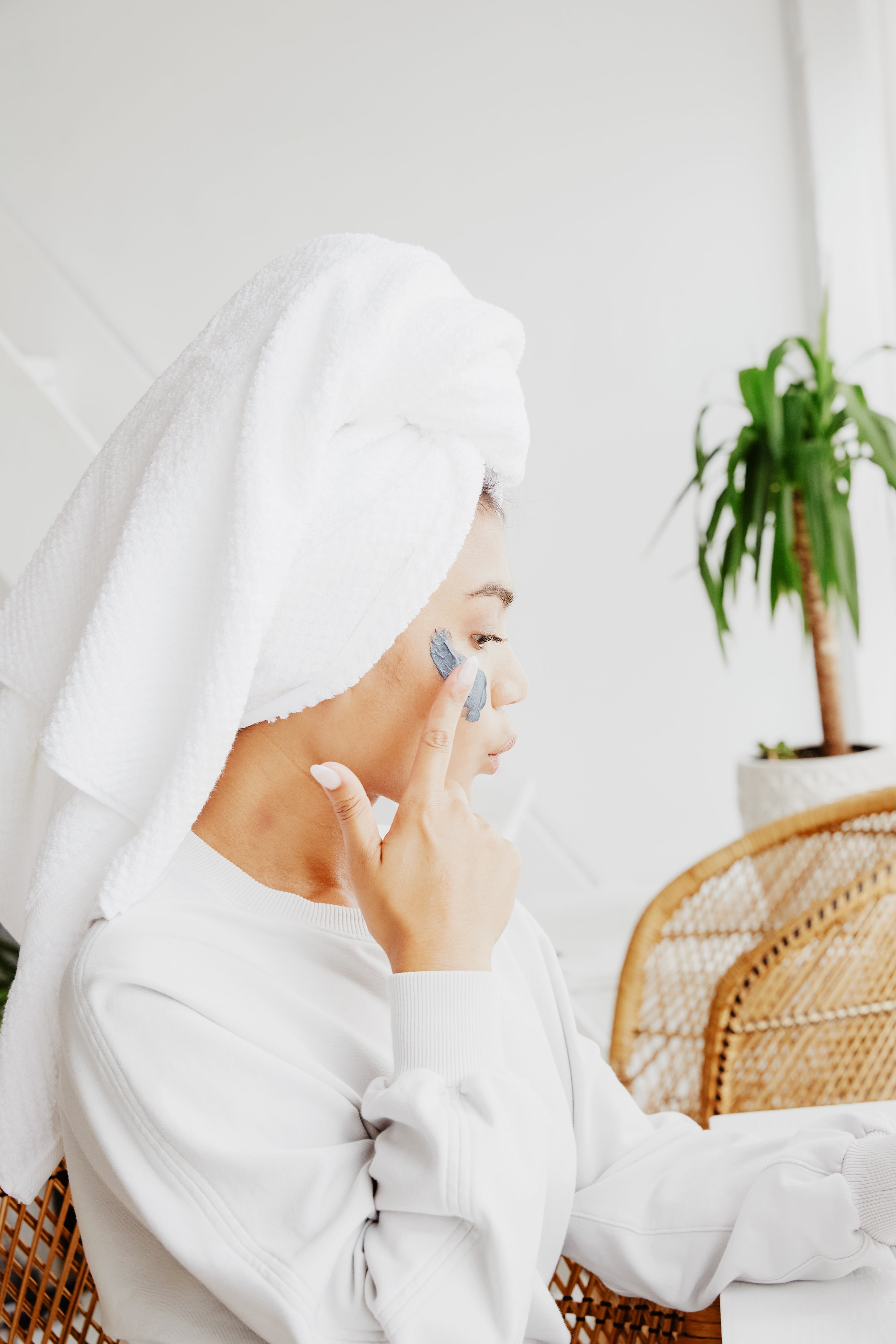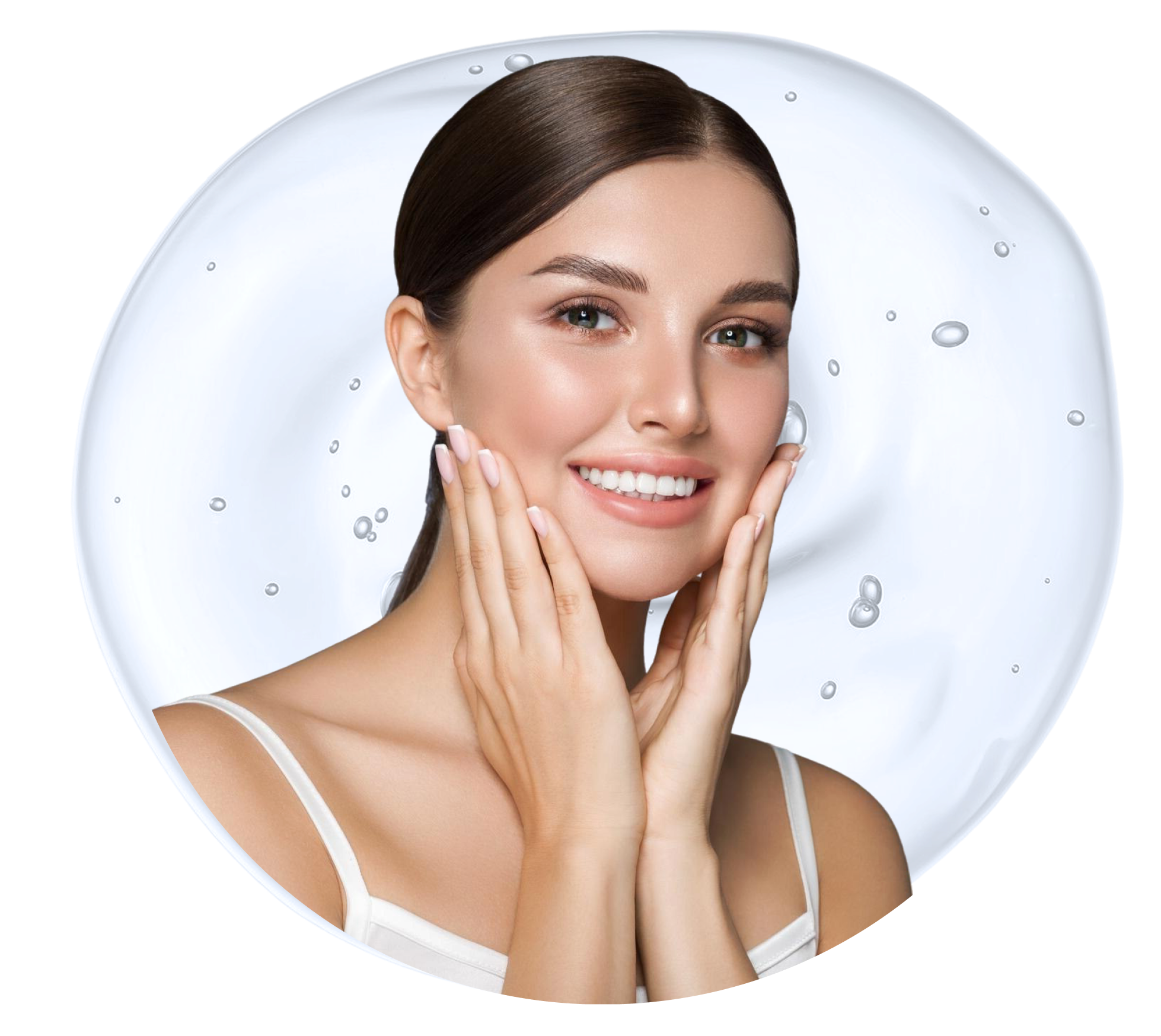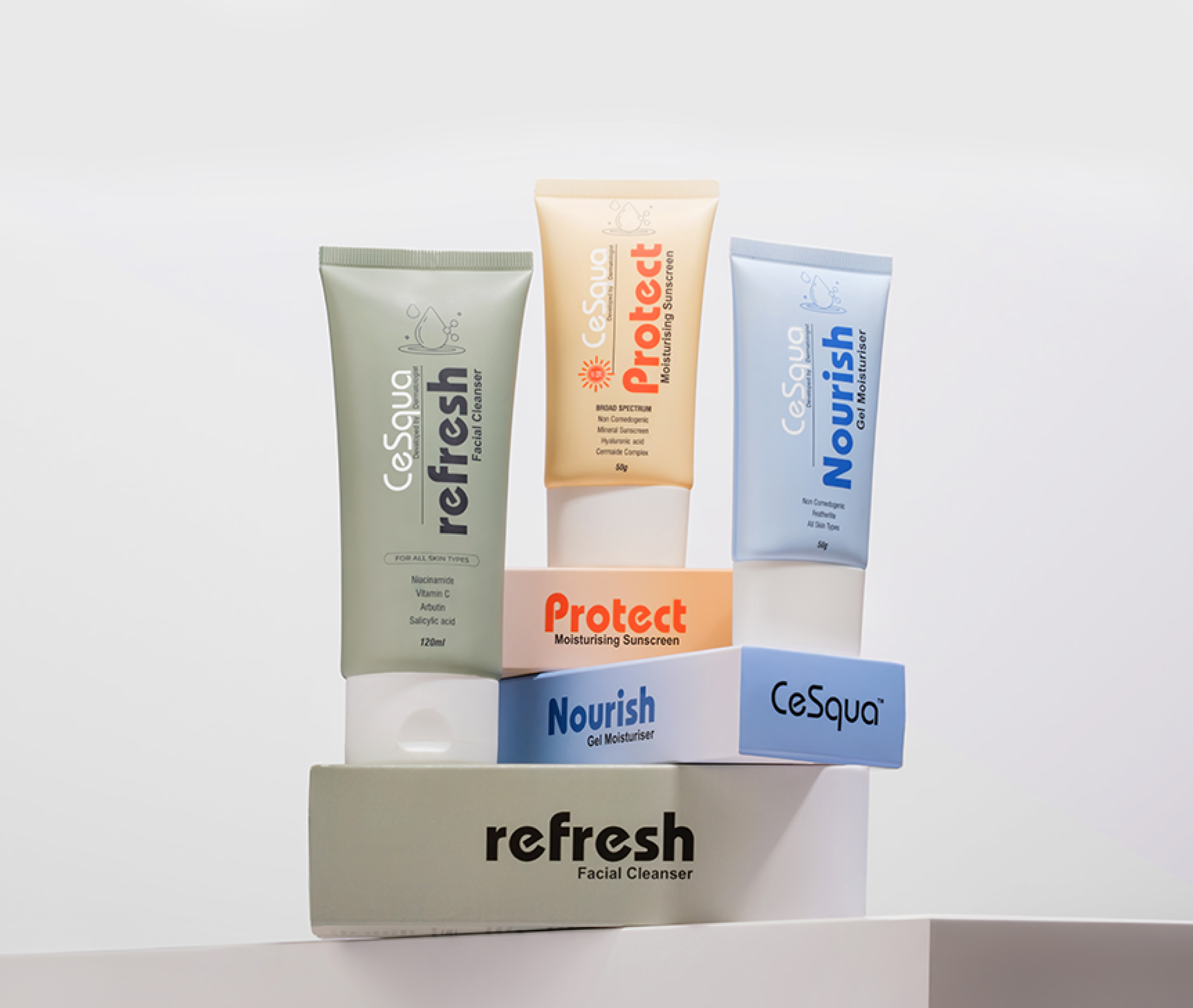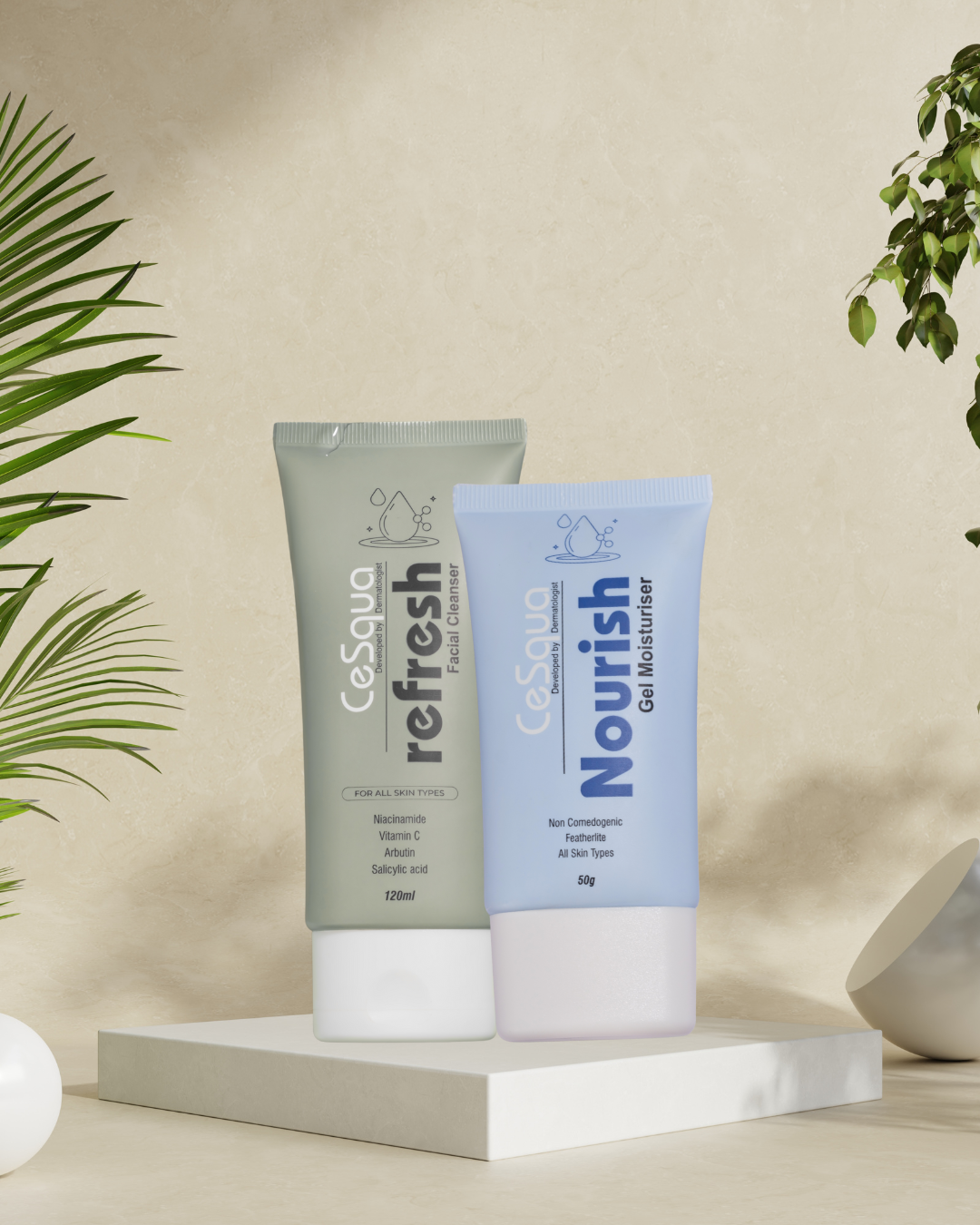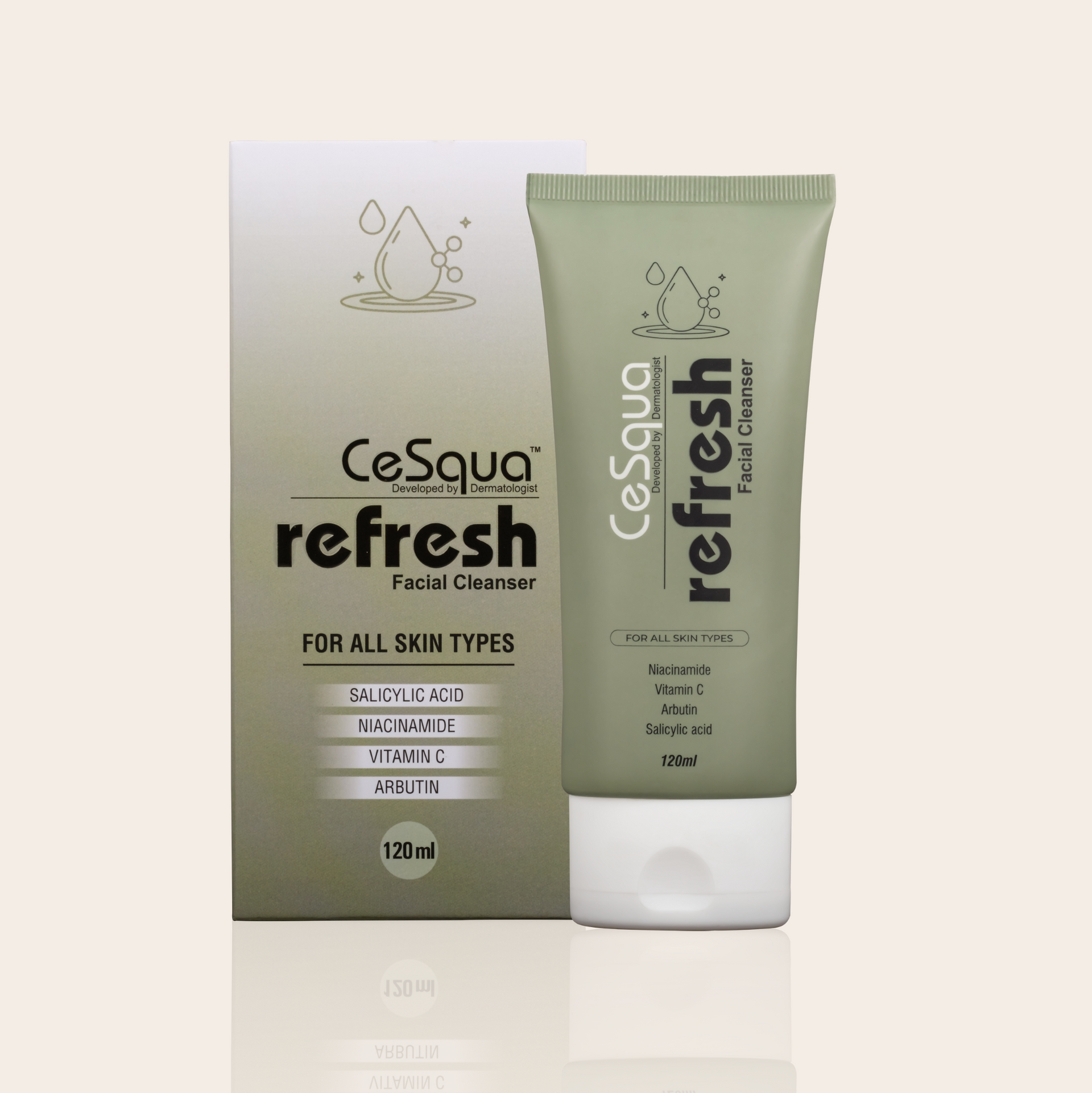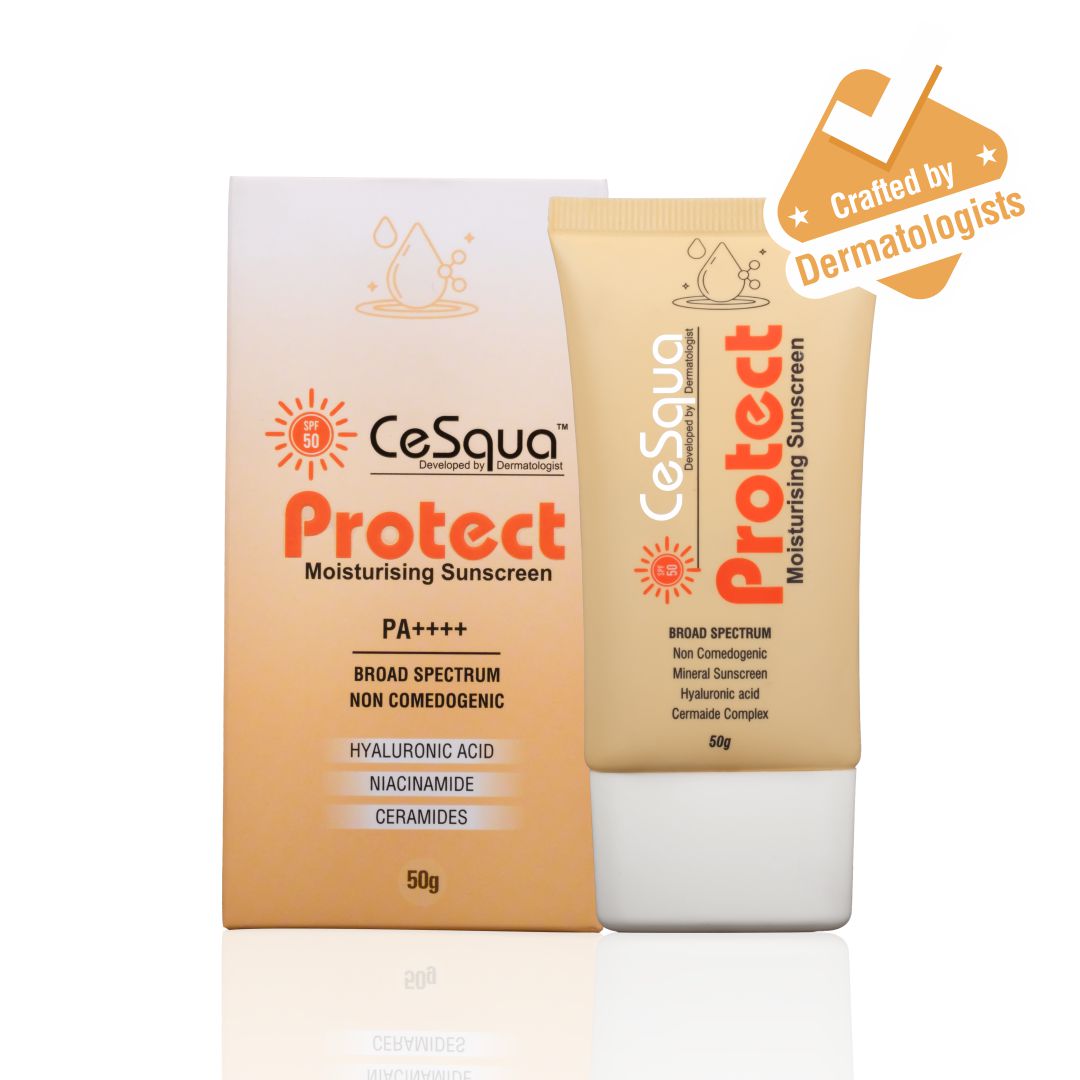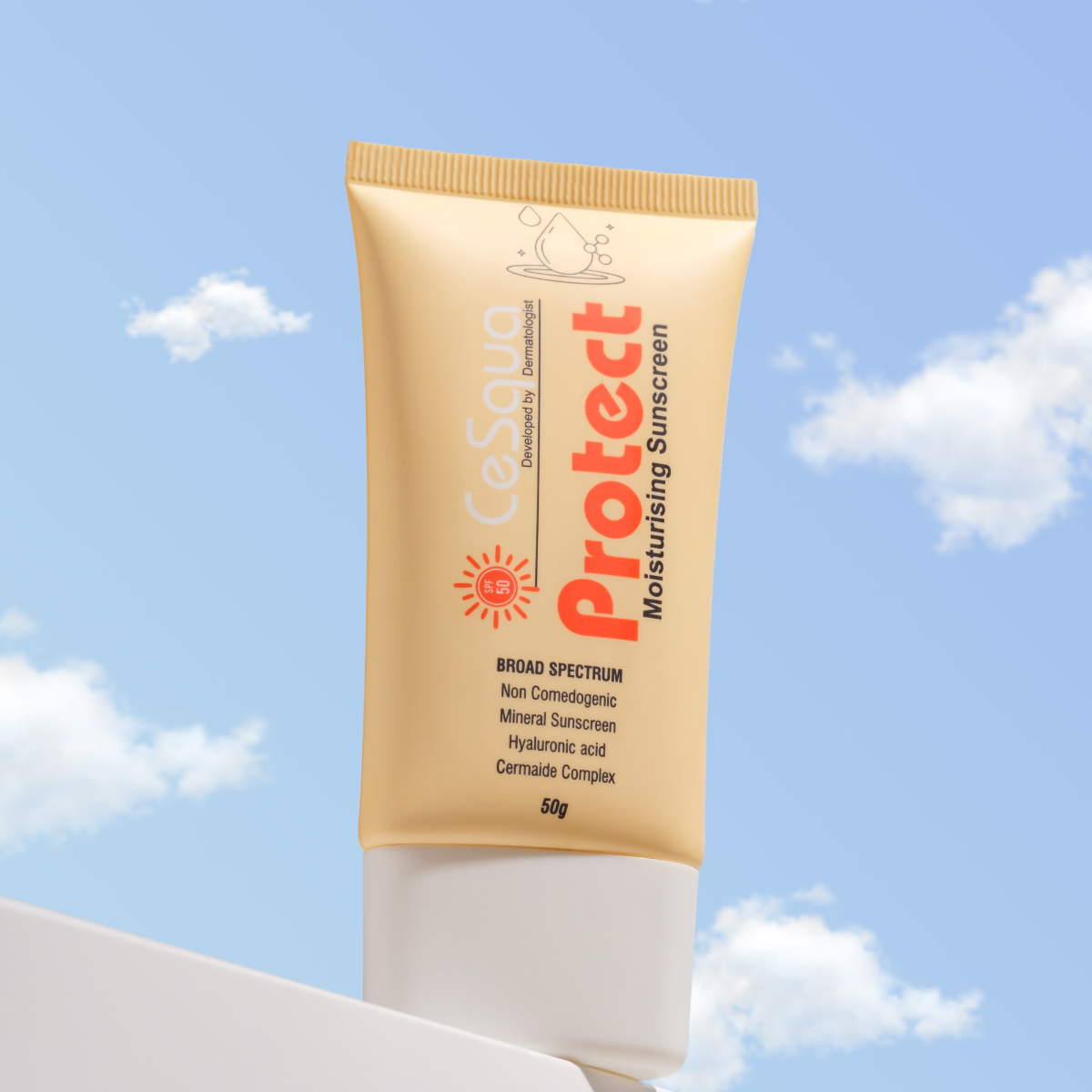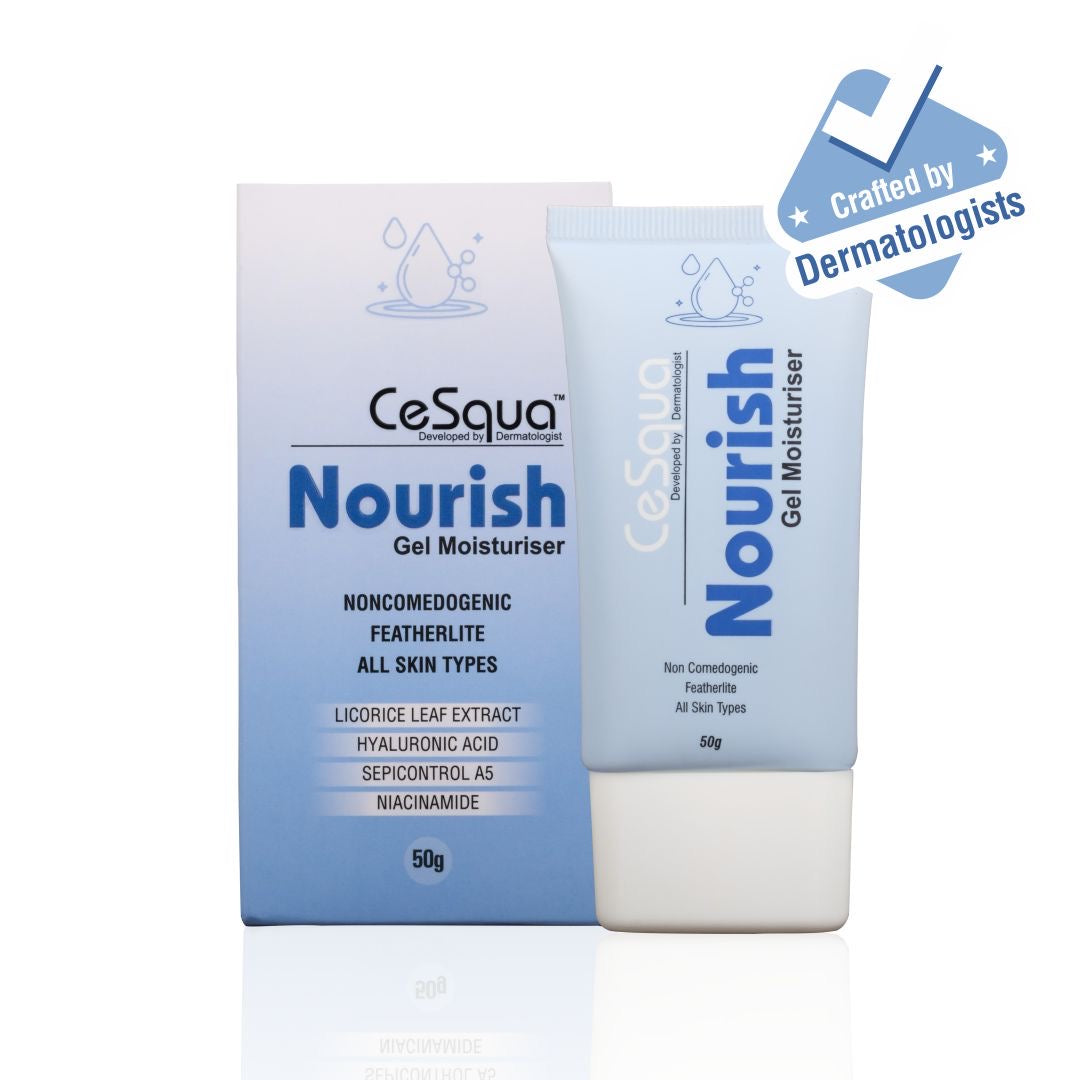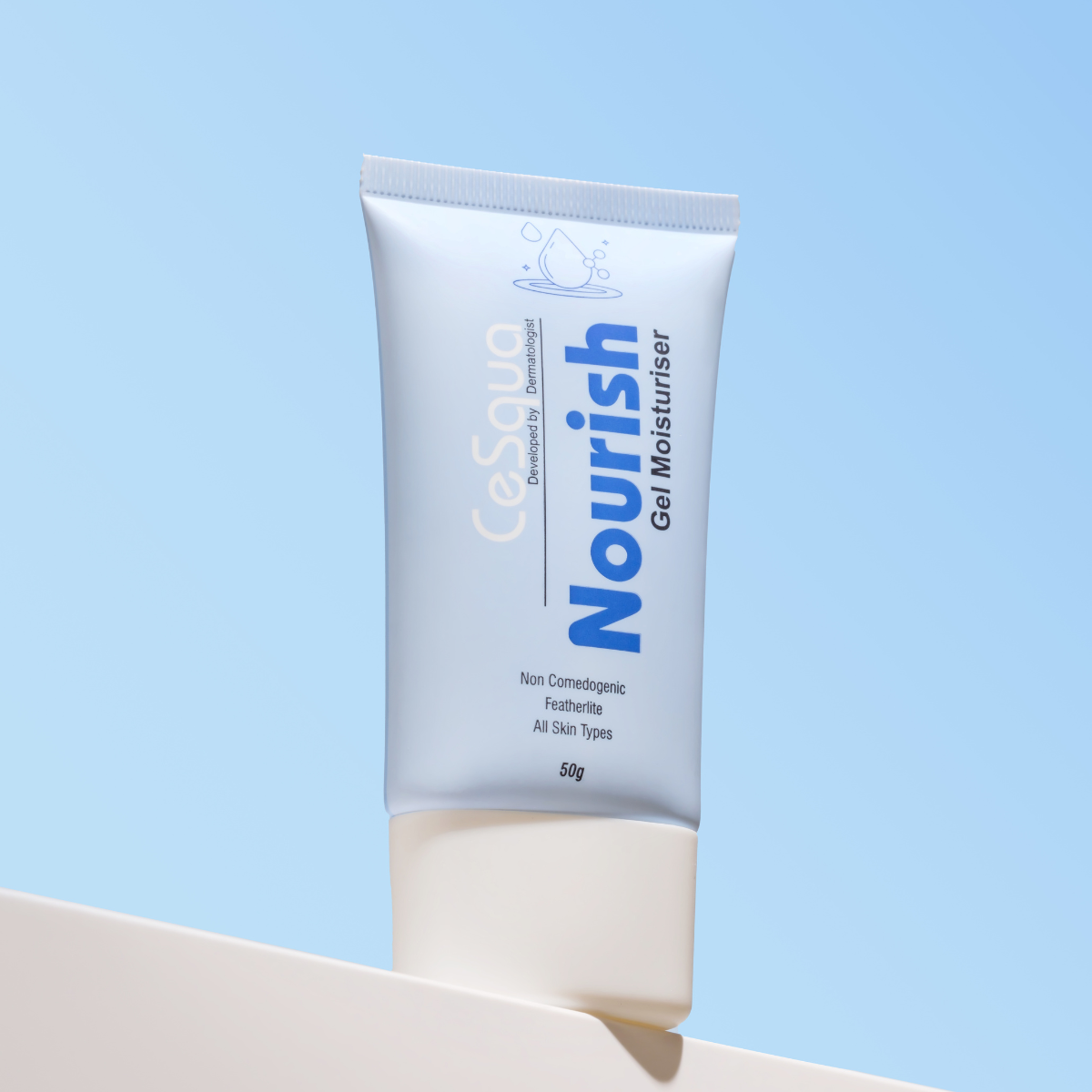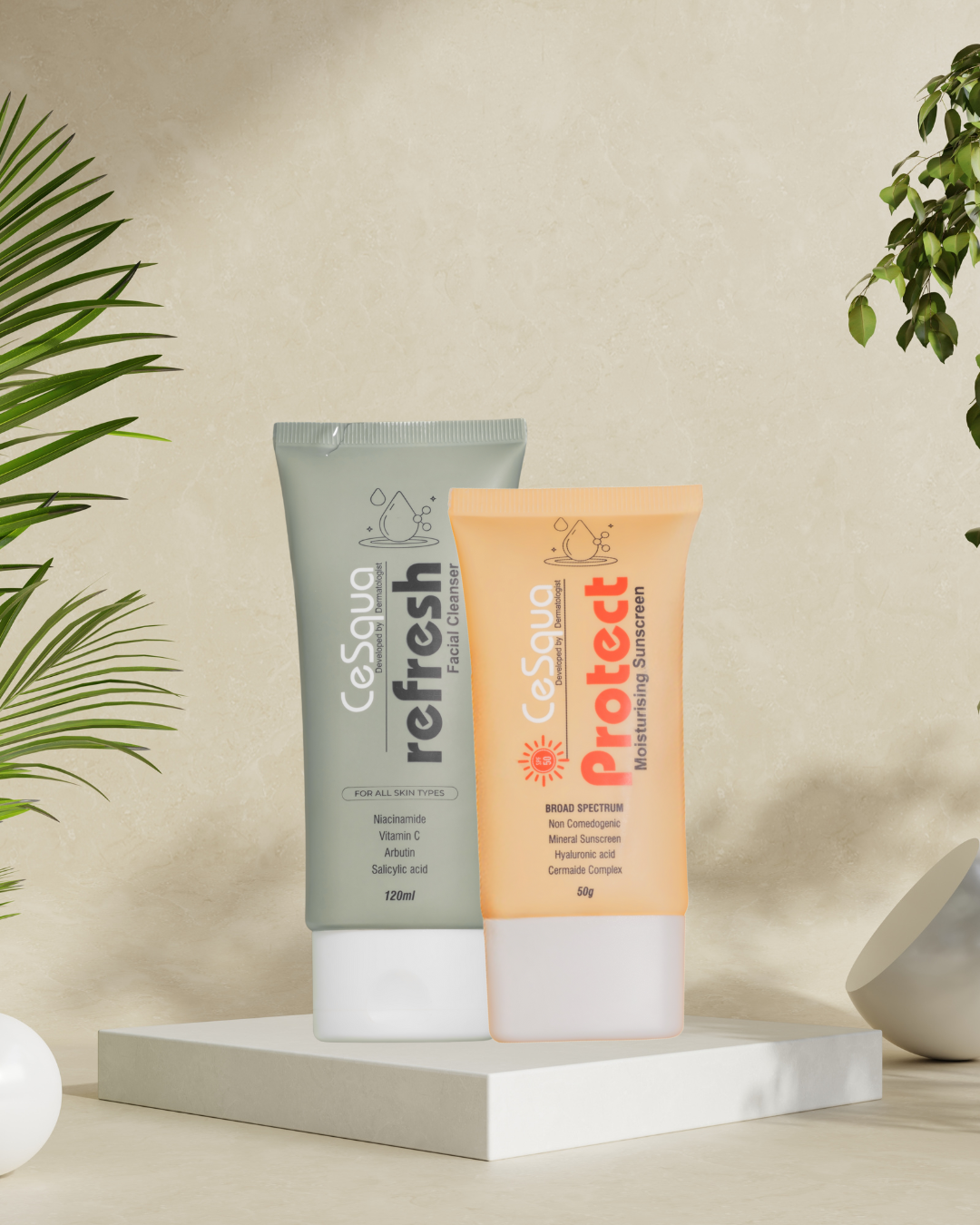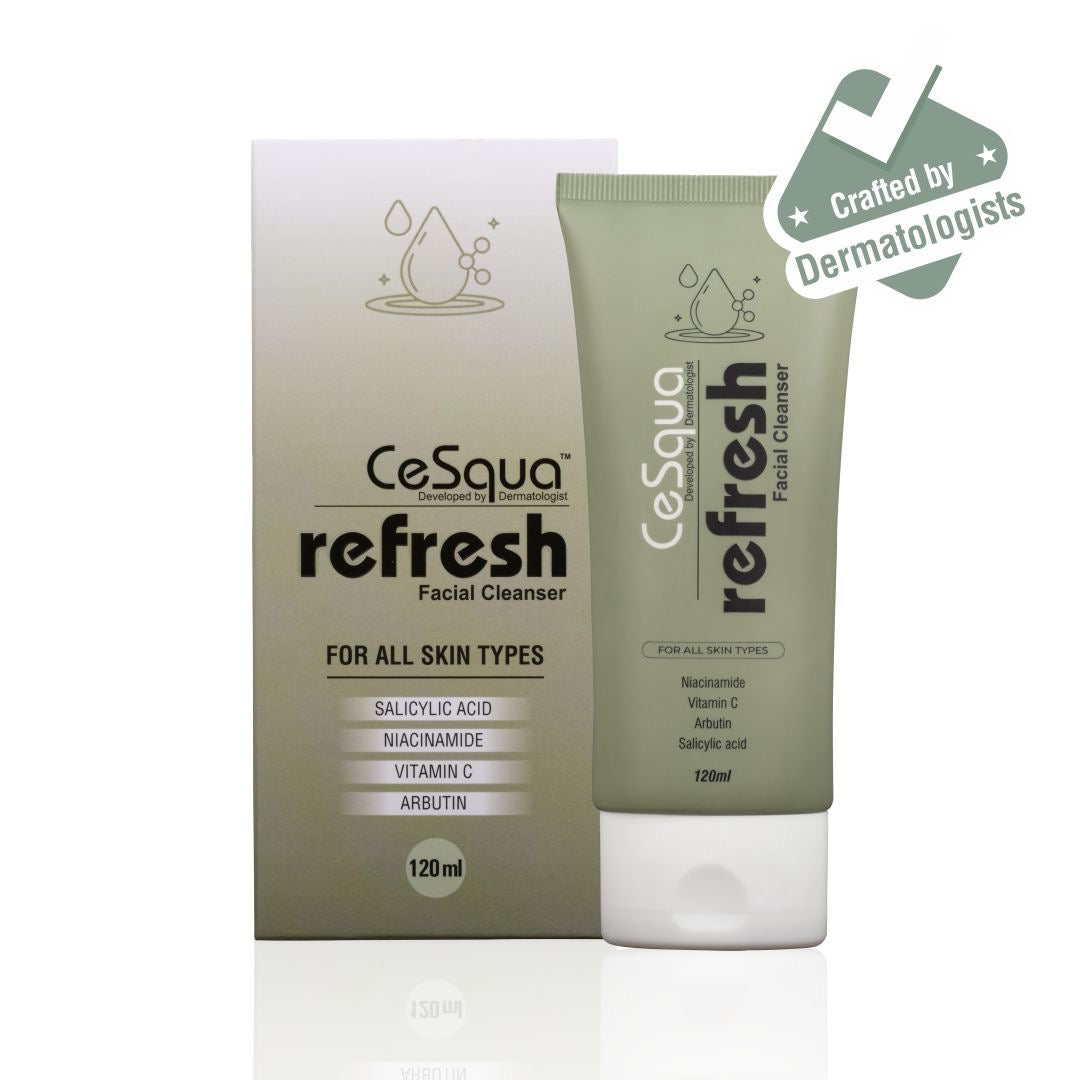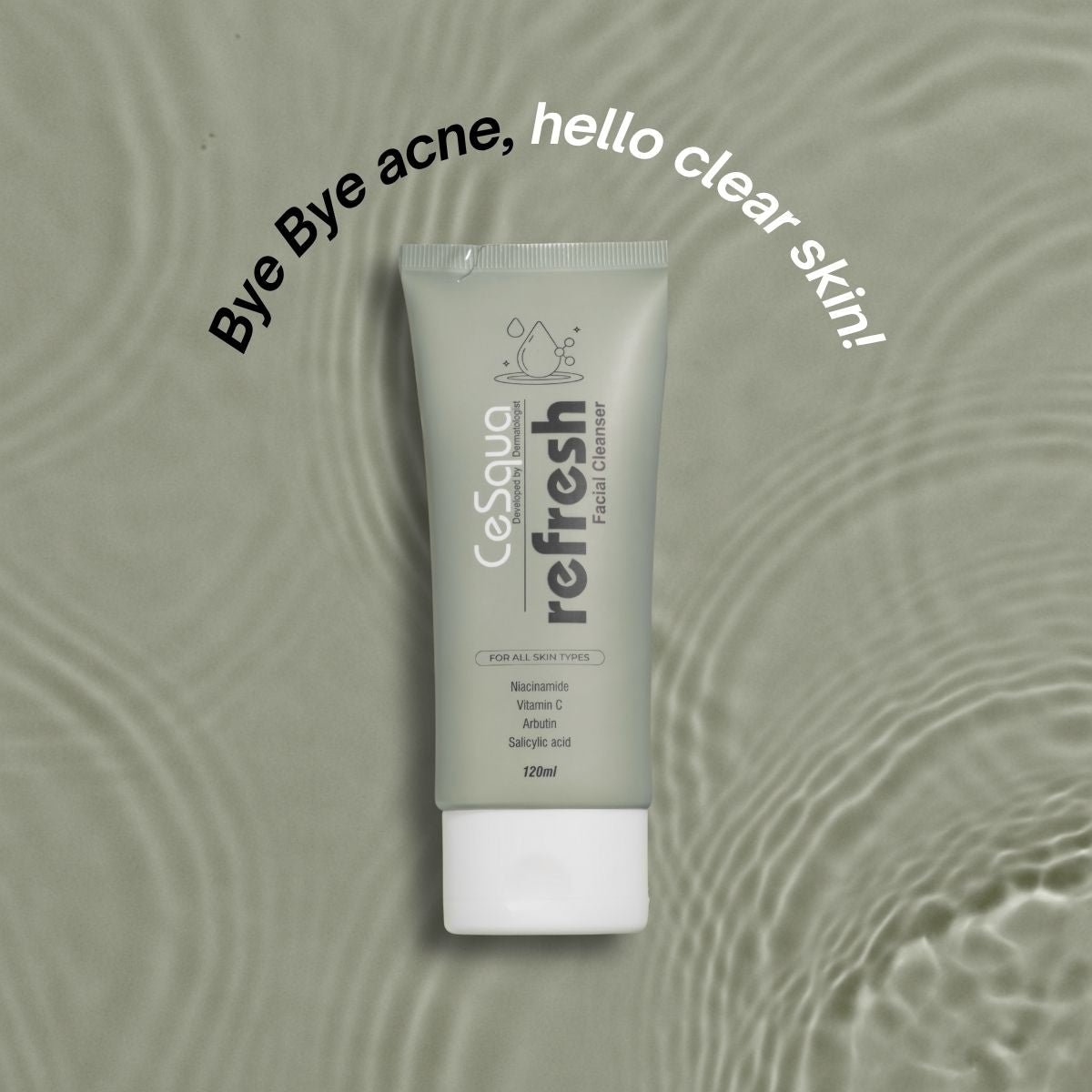Melasma & Pigmentation: The 2025 Indian Dermatologist’s Regimen
Melasma and post-inflammatory pigmentation darken when any wavelength—from UVB to visible blue light—hits skin. Daily broad-spectrum sunscreen is Step #1; choose a hybrid like Protect SPF 50 PA++++ that also delivers niacinamide and ceramides to calm pigment pathways and repair barrier. Add depigmenting actives at night and consider clinic procedures only after strict photoprotection is in place.
— Dr Harish Nooka. MD, Dermatology
1 Why Indian skin is prone to melasma
- Higher baseline melanin → strong contrast with new pigment patches
- UV index 9-12 for most of the year + blue-light exposure from screens
- Hormonal triggers common: pregnancy, oral contraceptives, thyroid issues
2 How sunlight & blue light fuel pigmentation
| Wavelength | Penetration | Pigment impact | Protection needed |
|---|---|---|---|
| UVB 280-315 nm | Epidermis | Inflammation → PIH | SPF rating |
| UVA1 340-400 nm | Dermis | Activates melanocytes | PA rating |
| HEV 400-450 nm | Epidermis | Oxidative stress → melanin | Iron-oxide tint or antioxidants |
3 Step #1 — Photoprotection that does more
Product spotlight: Protect Moisturising Sunscreen
- Hybrid filters: Titanium dioxide, Zinc oxide, Octyl Methoxycinnamate, Avobenzone
- Barrier actives: Niacinamide 5 %, Ceramide NP, Hyaluronic acid
-
Why it matters for melasma
- Niacinamide cuts melanosome transfer by ≈ 35 % in 4 weeks
- Ceramides repair barrier, lowering PIH risk
- PA++++ blocks UVA1 that switches on tyrosinase
How to apply: ½ teaspoon for face + neck (≈ 2 mg/cm²), every 2-3 h outdoors.
4 Step #2 — Night-time depigmenting actives
| Active | Typical % | Mechanism | Starter routine |
|---|---|---|---|
| Azelaic acid | 10-15 % | Tyrosinase inhibitor, antioxidant | Purify serum on alternate nights |
| Niacinamide | 5 % | Blocks melanosome transfer | Already in Protect (day) |
| Tranexamic acid | 2-5 % | Plasmin inhibitor | Add if derm-approved |
| Retinoids | 0.05 % tretinoin / 0.3 % retinal | Speeds turnover | Resurge every 3rd night |
5 Step #3 — In-clinic boosters (when, not first)
- Mandelic 30 % / Glycolic 35 % peels — after 8 weeks of perfect sunscreen use
- Microneedling RF + Tranexamic meso — great for dermal melasma
- Low-fluence QS Nd:YAG 1064 nm — only under dermatologist supervision
6 Lifestyle tweaks that compound results
- 7 cm wide-brim hat cuts facial UV by ≈ 30 %.
- Phone blue-light filter → 14 % less visible-light pigment.
- Iron-rich foods (spinach, lentils) support antioxidant enzymes.
7 FAQs
Q1. Why hasn’t my melasma cleared even after medication?
9 / 10 relapses link to inconsistent sunscreen use—check dose & re-application.
Q2. Does Protect leave a white cast on Fitzpatrick IV-V?
No—nano mineral + organic filters give a transparent finish.
Q3. Can I wear makeup over sunscreen?
Yes—pat foundation on; re-apply Protect with a powder SPF or stick.
Q4. Is niacinamide safe in pregnancy?
Topical niacinamide is Category A—safe in all trimesters.
Q5. How long before I see fading?
With daily Protect plus night actives, epidermal pigment lightens in 6-8 weeks; dermal pigment may need 3-6 months plus procedures.
